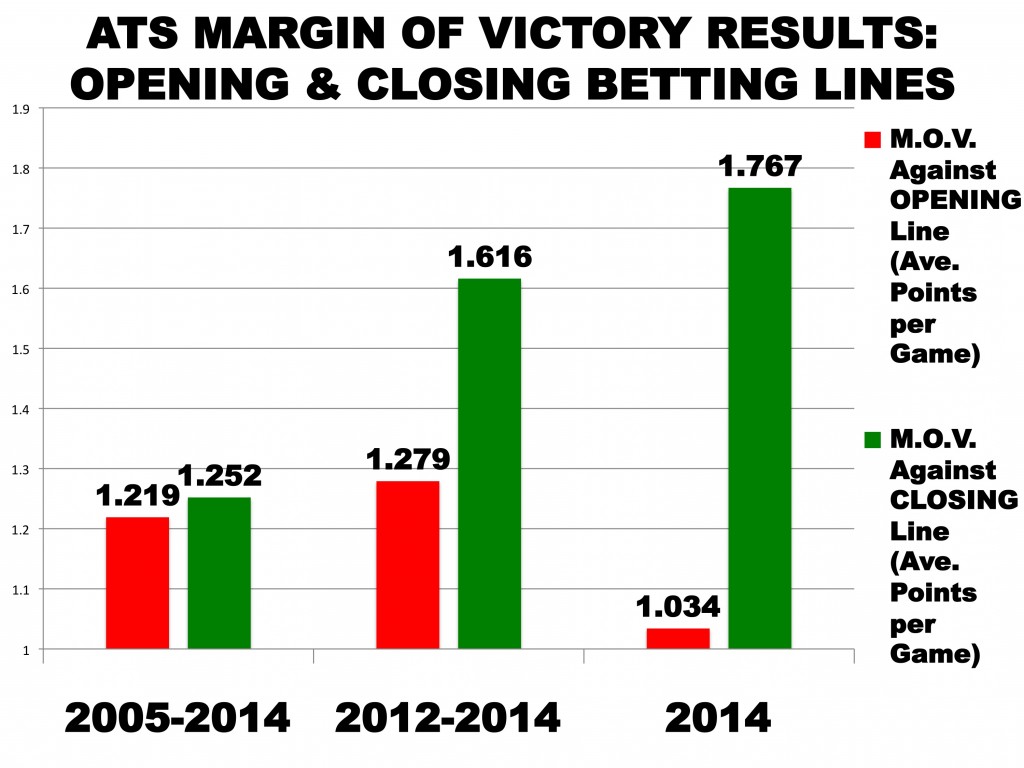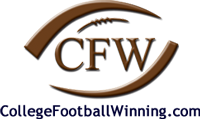How should efficient markets in sports betting be determined and utilized?
In order to answer that question, a working definition for an efficient market is required. Rather than accepting something closer to the definition used in financial circles, where an efficient market does not require the market price to be equal to the so-called “true value,” the sports-betting market is entitled to its own definition that is more suitable to its unique elements. Discovering efficient markets in sports betting should prove easier to determine than in equities-based markets. One of the most obvious differences between the two different types of market is that sports betting deals with discrete, finite events. In the sports-betting marketplace, therefore, it is far easier to ascertain a “true value” because a definitive and final result is known at the conclusion of every event. In other words, a final score can be measured against the terms of the wager. An efficient sports-betting market, therefore, is one where the market price is equal to its true value. This article proposes the metric that is best-suited to determining sports-betting market efficiency, which should lead sports bettors to assess market efficiency in a way that defies “conventional” sports-betting wisdom. Of course, at CollegeFootballWinning.com, our lens is always the college football betting market; but we would welcome the results of research done in other sports-betting markets.
What would a perfectly efficient sports-betting market look like? An example would be if Team A were favored by 10 points over Team B, and Team A won the game by exactly 10 points, then the market (i.e. the betting line) that offered Team A at -10 points was the perfectly efficient market. Since betting lines are in flux from the moment they open until the moment they close (kickoff, for our purposes), our focus was the two static points in time for betting lines: their opening and closing numbers.
THE DATA CONSIDERED
We studied 7,803 college football games from 2005-2014 (10 seasons) for which we had point-spread betting data that included opening and closing betting lines. In 94.73% of those games, the opening-line and closing-line outcomes were identical. In other words, in 94.73% of all college football games, the outcome of a wager was the same whether the bet was placed getting the opening or the closing betting line. We, therefore, focused the next part of our study on just the 5.27% of college football games where the betting outcome was different between opening and closing point spreads. Based on our working definition of an efficient sports-betting market, in those games where the opening and closing betting-line outcomes differed, the more efficient market was found using (absolute values for) opening betting lines since they were closer to the actual margin of victory than the closing betting lines were. The data is graphed on the charts below:

The above chart shows the difference between the actual results compared to both opening and closing college football betting lines in those games where the opening and closing betting-line outcomes differed. We consider the actual results to be the “true value” of each betting matchup. The results show that the opening line was closer to the actual results than the closing line was.
Seeing a points-per-game margin of just 0.033 (2005-2014), 0.337 (2012-2014), and 0.733 (2014) between the opening and the closing line might seem minuscule, but when one considers those differences by percentage, the numbers take on more obvious significance: The ten-year average (2005-2014) shows that the absolute value of the closing line’s points-per-game difference (compared to the actual results) was just 2.71% greater than that of the opening line. For the past three seasons (2012-2014), that closing line figure was, on average, 26.35% greater than that of the opening line. That same closing line figure for just the 2014 season jumps to 70.89% higher than that of the opening line. In sum, the more efficient market used the opening line; the more inefficient market used the closing line, and the difference between the two increased over time.
DEBUNKING THE MYTH OF THE “SHARP” OPENING LINE
So often, sports bettors lament over not “getting the best of the number” because they missed out on betting the opening point spread. There are some that even go so far as to boast about how many points away from the closing line their wager was. Now that it is understood that the closing line offers the more inefficient market, the sports bettor should be looking to buy into a market where the prices are least likely to resemble the true value of the wager; that market is offered by the closing betting line. The truly sharp bettor can capitalize on these poorly-priced point spreads, thereby finding value that may not have been there on the opening line.
CAPITALIZING ON THE CLOSING LINE’S INEFFICIENT MARKET
Studying our Formula betting recommendations (i.e. those wager recommendations that are made algorithmically) over the past three seasons (2012-2014) reveals that the results for our Formula games were different 5.92% of the time, depending on whether one bet on the opening or the closing betting line. Our 5.92% difference is higher than the results of all college football games in that three-year period- 5.45%. In 77.78% of our Formula games where there was a different betting outcome depending on the opening or the closing line, we experienced a favorable betting outcome* because, by design, we waited until as close to kickoff (the closing line) as possible to place and recommend our wagers.
CONCLUSION
Once it is understood that sports bettors should want to capitalize on inefficient betting markets, the next task is to find the inefficient market. Based on 10 years of college football betting data, for the contests whose betting outcomes were different depending on the opening or the closing betting line, the more inefficient market was the closing line. What is more, the evidence suggests that the closing betting line continues to grow in its inefficiency, especially relative to the opening line. Equipped with this knowledge and assuming these trends continue, the (college football) sports bettor looking for value is more likely to find it by utilizing the point spreads offered closer to game time (i.e. point spreads that are as close as possible to the closing betting line).
*A “favorable betting outcome” means that what was a loss on the opening line was either a “push” or a win on the closing line, or what was a push on the opening line was a win on the closing line.
For more evidence that opening betting lines are more efficient, CLICK HERE.


Warning: count(): Parameter must be an array or an object that implements Countable in /home/colleg63/public_html/wp-includes/class-wp-comment-query.php on line 399